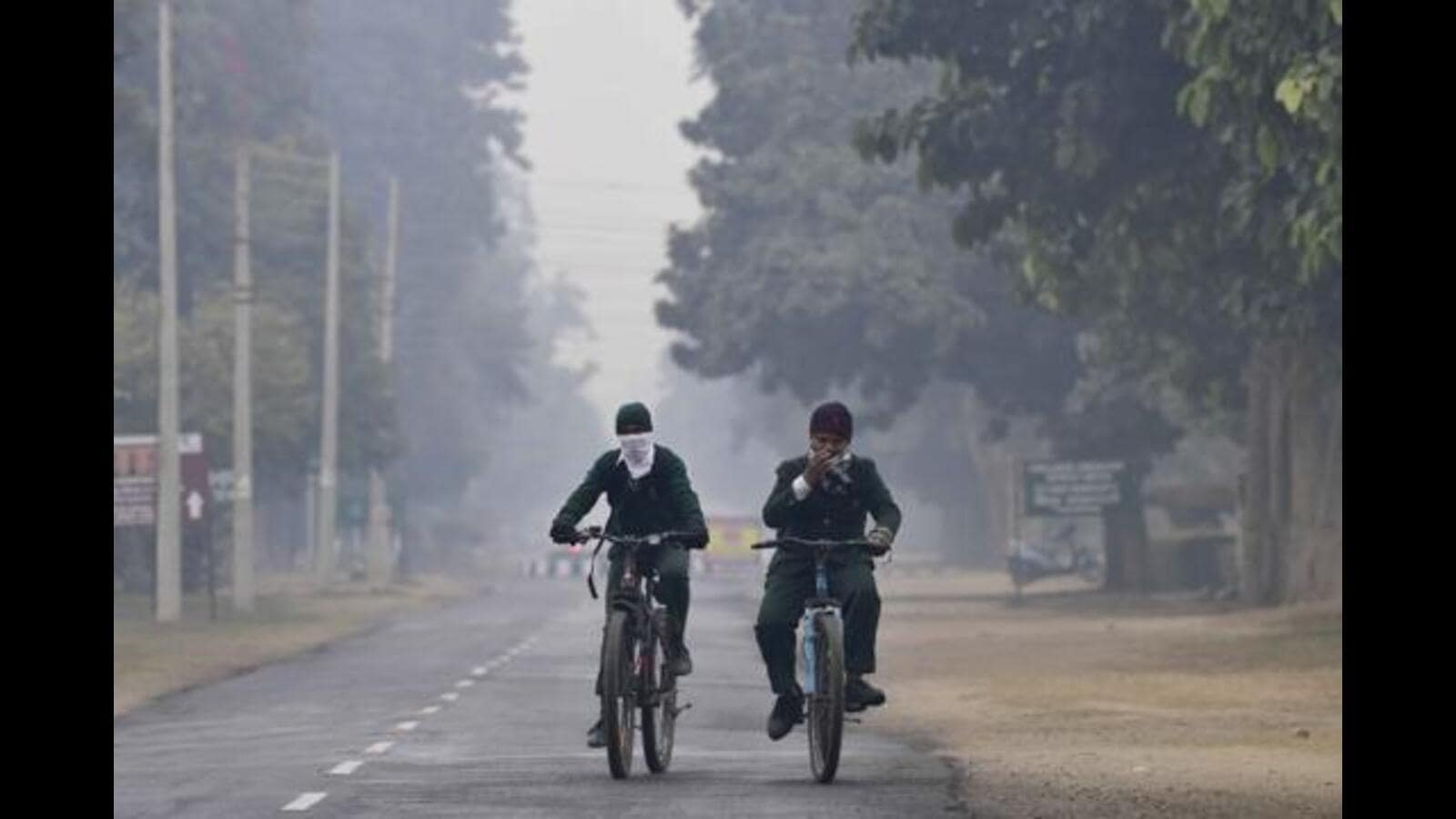


Teaching and learning are complex social and psychological processes. Teaching what and how much has always remained a double- edged concern, like whether teaching about caste, reli-
gion, sex or conflict would make learners overt and predisposed. The deleteri-
ous crisis and conflict world over and so in Kashmir affects not only the people but the processes of routine life like learning and teaching. The teacher and the taught with the deafening conflict
in the background cannot study peace, as it would sound fatuous. What makes teaching dif-
ferent from indoctrination, preaching and propagandizing is of course it intends learning with raison d’être and respects the intellectual integrity and independent judgment of the learner.
The teaching intends to employ various pedagogical approaches for transacting theory to practice. The transaction of theory will depend on what a teacher ought to teach. The ques-
tion of ‘ought to’ becomes challenging in classrooms amid armed conflicts. Here, a teacher has to negotiate with the outer social reality which may be different than what content and theory as-
sert. During our visit to Kashmir, we met a teacher intending to know about the local experience of teaching in Kashmir. We asked him, how he sees the interplay of the prolonged conflict and teaching. After taking a long pause, he replied, the question is very sensitive so will be its answer, and usually, we do not answer such questions; the question made him nervous and fearful at
the same time. And then he narrated, ‘Yete teacher aasun chu waaryah muskhil, aase shun heeka kath karieth’ yete aise parnava chu, suchu waryah alag te mukhta-
lif asan nebremis mahoolas.It is very difficult to be ateacher in Kashmir. We can-
not even talk about our issues. Whatever we teach is contradictory to what exists
outside schools. He further added, we will be filtered out, and he was referring to the intention of the administration which intended to filter out ‘deadwood’ in
Kashmir. NEP-2020 may address a teacher as ‘Guru’ but such an idea becomes ir-
relevant and loses its meaning in Kashmir because‘deadwood’ is another term
in store for the teachers who want their classrooms to be kicking and alive literally.A teacher has to face and live with these socio-political challenges of the milieu. The two challenges emerg-
ing out of the conflict viz, a) The fear of authority or administration and b) the fear of unrest and the outer social world, hinder and hamper the educational process-
es. These two dimensions get intermixed and affectthe pedagogic approaches in the classroom. In this way, it is the conflict which directs the pedagogy within schools and provides a challenge to constructivist and progressive approaches to teaching. This way teaching becomes
‘double jeopardy’ for the teacher. The teacher has to think twice before engagin the student in conflict because it may land him in the category of ‘deadwood’. The aforementioned ‘dou-
ble jeopardy’ further gets an extension when texts are in-
troduced to the students in Kashmir. The texts either do not address the conflict experiences of children or lack content about outside reality. This is what Krishna Ku- mar calls ‘neither of the two worlds is accessible to the child in Indian classrooms’. For Example, a social science teacher has to connect the outer social worldwithin the classrooms but conflict makes it difficult
even impossible. The outer social reality and the reality within classrooms do not converge. By looking at the text-books of social science one could understand the apathy of teaching and engaging students in Kashmir. The objectives of the text-books seem progressive but only in theory. The school education textbooks have to aim at enabling students to develop a critical under-standing of society and to lay a foundation for an ana-lytical and creative reflec-
tion. The secondary class social science texts India and the contemporary
world 1 & 11 dedicate only a 3-page chapter (VI) ‘A Case Study of Jammu and Kash-
mir’ to cater to local reality. The chapter has been given last place in terms of chro-
nology in the text book-1. The book-11 does not include any chapter on Kashmir. Similarly, the other two texts viz, Democratic Politics 1 & 11 dedicate chapter Six, Electoral Politics in the
Erstwhile State of J&K in book 1, and The Jammu and Kashmir Reorganization Act, 2019 as Addendum in book 11. The complex- ity does not stop with text- books in Kashmir.
There is another challenge which conflict brings. Schools usually remain closed. If they open for a
brief period, teachers are not able to teach the entire syllabus. The JKBOSE come up with two-dimensional solutions to overcome this problem. The Board either mass promotes students from an existing class to the next one or cuts down the existing syllabus to 40 or 50 percent; both ways teaching in Kashmir about Kashmir becomes a ‘para-dox’. The immediate need is to contextualize the conflict within classrooms and touse innovative approaches
to teaching conflict, peace and Kashmir together. Otherwise, children brought up in the world of crisis and conflict shall have its consequences. As further aggravating the situation and without teaching this contemporaneity we may produce technically equipped Kashmiri learners and citi-
zens but we will be always in want of sanguine and reflective mankind. Showkat Ahmad Mir is pursuing PhD . Navneet Sharma teaches in the Department of Education, Central University of Himachal Pradesh.